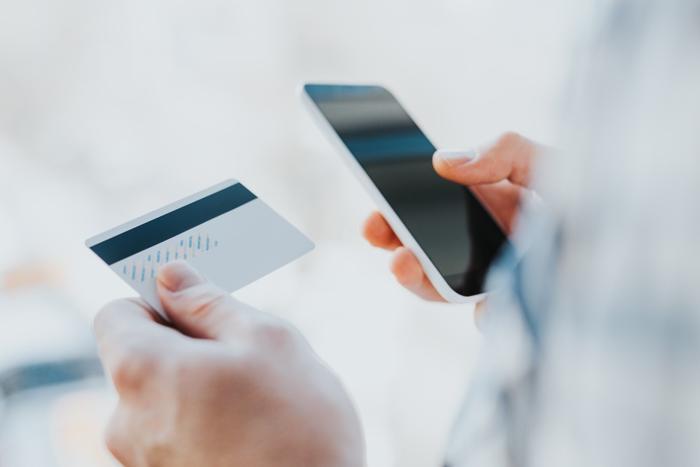Going cashless: What are the pros and cons?

In the recent years, we have witnessed digital payment gradually gain momentum with many countries starting to aim towards a cashless economy. The coronavirus pandemic has further accelerated this goal as many started prioritising alternative forms of payments in fear of contracting the virus through physical contact.
In this article, we look at the pros and cons of going cashless.
PROS
Less to carry
One of the obvious benefits of going cashless is having less items to carry. With less paper money, we are looking at lighter and less bulky wallets to carry around.
Fast and convenient
Purchases, bill payments, money transfers, and even fuel payments can now be done with a swipe of a card, or tap of a button.
Most credit and debit cards now also have a contactless feature making payments much easier by allowing the buyer to simply tap the card against the reader and the transaction is complete within a matter of seconds.
Safe
Going cashless eliminates the risk of getting your cash lost or stolen. If a card or device containing your e-wallet gets stolen or lost, it is easy to block your account remotely.
Discounts and offers
Many services now offer special discounts and offers if you order and pay for the items online. Some also offer reward points or loyalty benefits with continuous purchases.
CONS
Overspending
It may be easy to lose sight of the amount you are spending when you are not physically parting with money. This can lead to overspending and difficult for people who cannot control their spending.
Exposure to cybertheft
Although digital payments technology is encrypted to discourage hacking attempts, there is still a risk. If you rely solely on cashless payments and hackers drain your accounts or your cards get stolen, you will not have any alternative source of money.
Difficulty adjusting
It may be difficult for those who have been accustomed to paying with cash to transition and adapt into the cashless society we are heading towards. This will be a challenge for the tech unsavvy and those without bank accounts.
